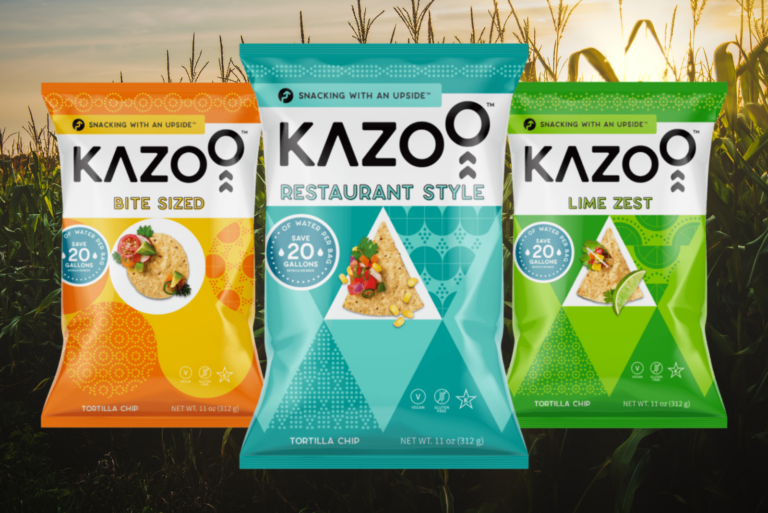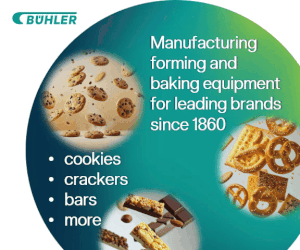KANSAS CITY, MO — For Brad Sterl, president and founder of Pittsfield, NH-based Rustic Crust, issues with the supply chain have impacted every aspect of his business. With a company that produces an array of flatbreads ranging from shelf-stable pizza crusts to premium frozen pizzas to products for foodservice, disruption in the supply chain has hit particularly hard in the form of raw ingredients.
“Wheat prices have gone through the roof,” Sterl said, also noting that oils and non-GMO and organic ingredients have become more difficult to obtain. “On the premium side of the category, some manufacturers that were producing ingredients chose not to make organic ingredients or some of those more premium ingredients. And they’ve started focusing on the items they can produce at higher volumes and higher margins.”
Beyond wheat and other ingredients, Sterl also noted that corrugated packaging costs, which impact nearly everyone in the pizza space, have gone up due to fuel indexes. With prices increasing from 20 to 30%, companies are forced to put in larger orders than normal in hopes of getting a higher percentage of packaging in on time.









